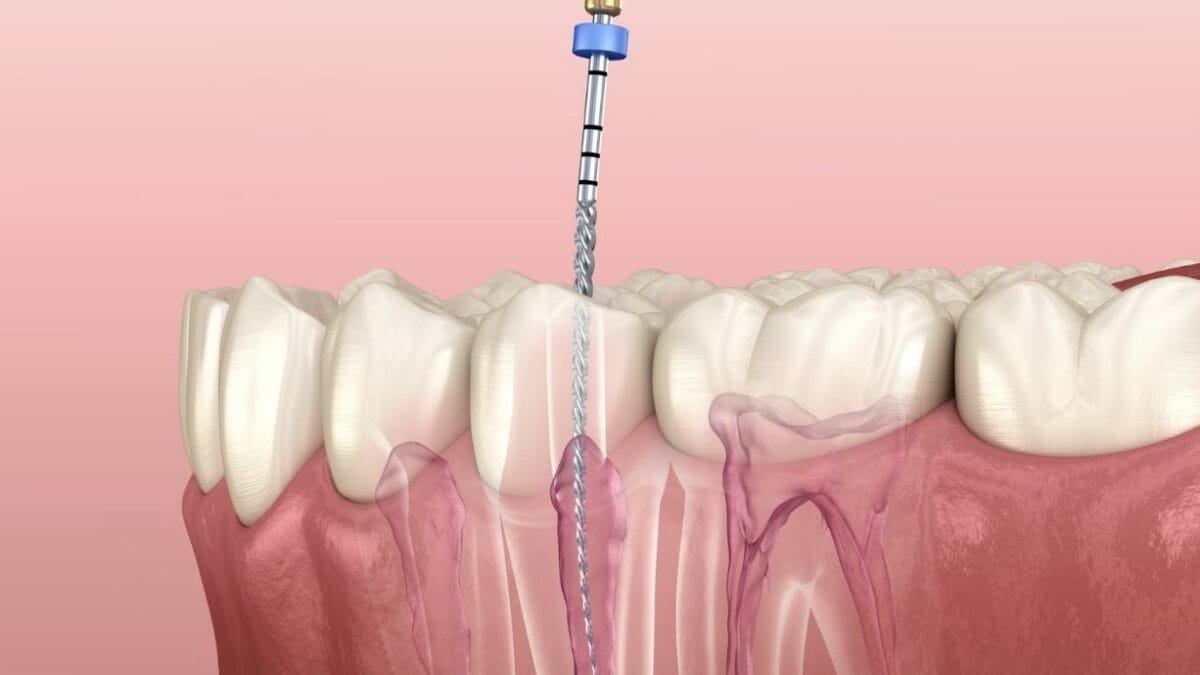
Having a dental emergency? Call us!
614-882-1135
We understand that dental emergencies can happen at any time. If you're in need of urgent care, give us a call, and we'll do everything we can to assist you when it matters most.
Patient Testimonials
Discover Better Dentistry
Become a part of the
Westerville Dental family!
We're accepting new patients. Our dental team prides itself on delivering a truly efficient and enjoyable experience while you’re with us.

Are you experiencing unbearable pain in your teeth or gums? Do you have a persistent toothache that just won’t go away? Have you been told that you need a root canal treatment, but are unsure about what it involves? Look no further, as we have got you covered. In this blog post, we will delve into the world of root canal dentistry and answer all your queries. From understanding what a root canal procedure entails to discussing signs that indicate you might need one, and how it can help relieve your pain. By the end of this post, you’ll have a clear understanding of why a root canal dentist is beneficial for your oral health and well-being.
Understanding Root Canal Treatment
A proper understanding of root canal treatment helps save your natural teeth. A skilled endodontist performs this dental procedure using specialized training and local anesthesia to numb the affected area. After removing the infected pulp and filling it with a rubber-like material (gutta-percha), a temporary filling or permanent crown restoration follows. Early detection of the cavity prevents further infection and oral health complications. You must take proper care of your teeth after the treatment.
What Is A Root Canal Procedure?
A root canal is a dental procedure that treats damaged or infected teeth by removing the pulp and nerve from the tooth’s root canal and filling it with a special material. It can prevent further damage while reducing pain. The procedure is done under local anesthesia, and regular visits to a dentist can prevent future issues.
Signs You Might Need A Root Canal
If you’re experiencing pain while eating or drinking hot/cold beverages or have swollen/tender gums around one specific tooth or discoloration/darkening of your teeth, you may require root canal therapy. Root canal dentists are specialized in treating issues with an infected or damaged tooth by taking out the infected pulp and filling the pulp chamber with gutta-percha before finally restoring it to its original functionality.
How Does A Root Canal Help?
A root canal removes infected or damaged tissue from inside a tooth to save it from extraction. Symptoms may include pain, sensitivity, swelling, and damage. The dentist will clean the tooth and fill it with a material to prevent further infection. Root canals are successful in alleviating pain and discomfort associated with dental problems.
Steps Involved In A Root Canal Treatment
Root canal treatment involves multiple steps that need to be followed carefully by an endodontist or a dentist. First, local anesthesia is given to reduce pain and discomfort before creating an opening in your tooth to reach the infected pulp. The next step involves removing the infected pulp and cleaning the inside of your tooth while shaping it properly. A rubber-like material called gutta-percha is then used to fill up this space to prevent further infection. Finally, a temporary or permanent filling or crown is placed on top of your treated tooth.
Numbing The Affected Area
When undergoing root canal therapy, the first step involves numbing the affected tooth with local anesthesia to ensure minimal discomfort during treatment. A dental dam may also be used to prevent contamination of the area. Following post-treatment instructions such as taking prescribed pain medication and avoiding hard or crunchy foods can help aid in recovery.
Removing The Infected Pulp
Root canal therapy involves removing the infected pulp from your natural tooth’s root to prevent further complications such as an abscess. To numb the affected area for a comfortable dental procedure experience, your dentist will use local anesthesia before carefully eliminating the decayed tissue with specialized tools. After disinfecting and cleaning your tooth thoroughly, they will place either a filling or crown on top of it for restoration and protection. Ensure proper care of your treated tooth by following good oral hygiene practices.
Antibiotics And Temporary Filling
To ensure successful root canal therapy, dentists often prescribe antibiotics and place temporary fillings. These measures prevent swelling and discomfort caused by inflammation. During the procedure, infected pulp and connective tissue are removed from the affected tooth’s pulp chamber and root canals. Afterward, temporary filling shields against reinfection until a permanent crown or filling can be placed atop the treated tooth. Proper care following this dental procedure includes taking prescribed pain medication to manage any discomfort.
Aftercare And Follow-Up
Following your root canal procedure, proper aftercare instructions are essential for successful healing and preventing reinfection. Your endodontist will provide specific guidelines to monitor the healing process with regular office visits and address any concerns you may have. Incorporating good oral hygiene practices like brushing and flossing regularly along with a nutritious diet can also aid in a successful recovery. Avoiding hard or crunchy foods is recommended during this time while managing discomfort or swelling with over-the-counter pain relievers like ibuprofen.
Conclusion
Root canal treatment is an effective way to save a damaged or infected tooth that would otherwise need extraction. The benefits of visiting a root canal dentist are numerous, including pain relief, preservation of the natural tooth, and prevention of further complications. If you are experiencing pain or discomfort in your teeth, it might be time to visit a dentist who specializes in root canal treatment. Don’t wait until it’s too late. Schedule an appointment with us at Westerville Dental Association.


 Meet Dr. Stickel
Meet Dr. Stickel Meet Dr. Zody
Meet Dr. Zody Meet Dr. Choi
Meet Dr. Choi Meet Dr. Son
Meet Dr. Son

